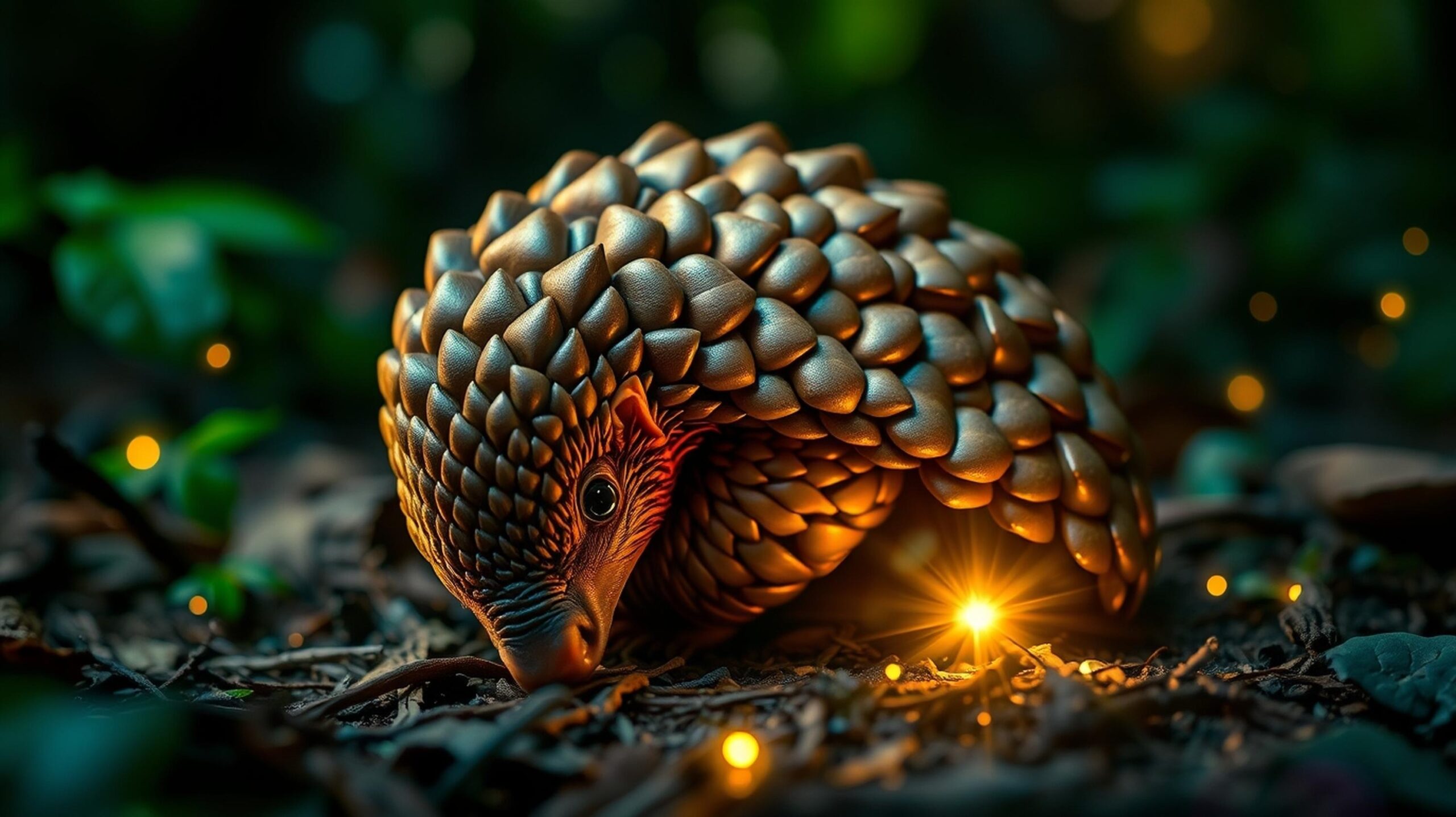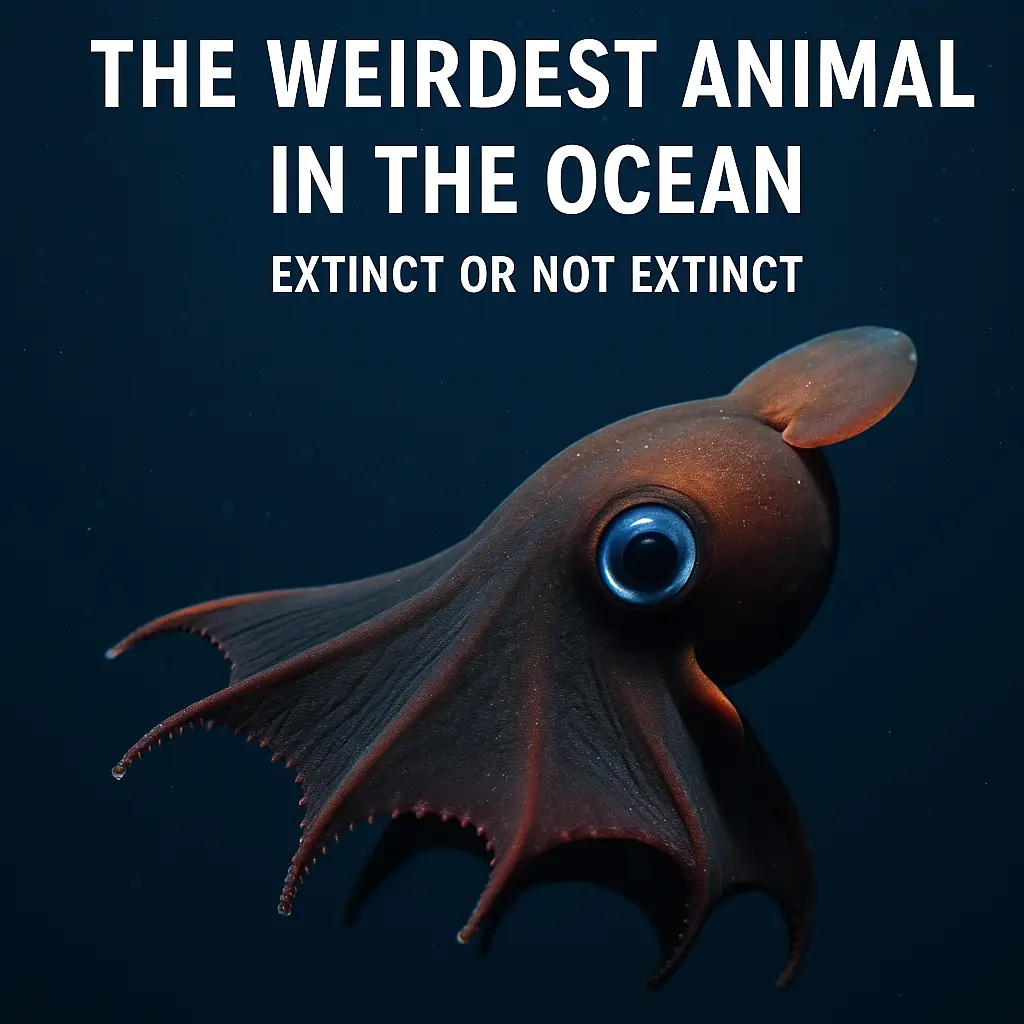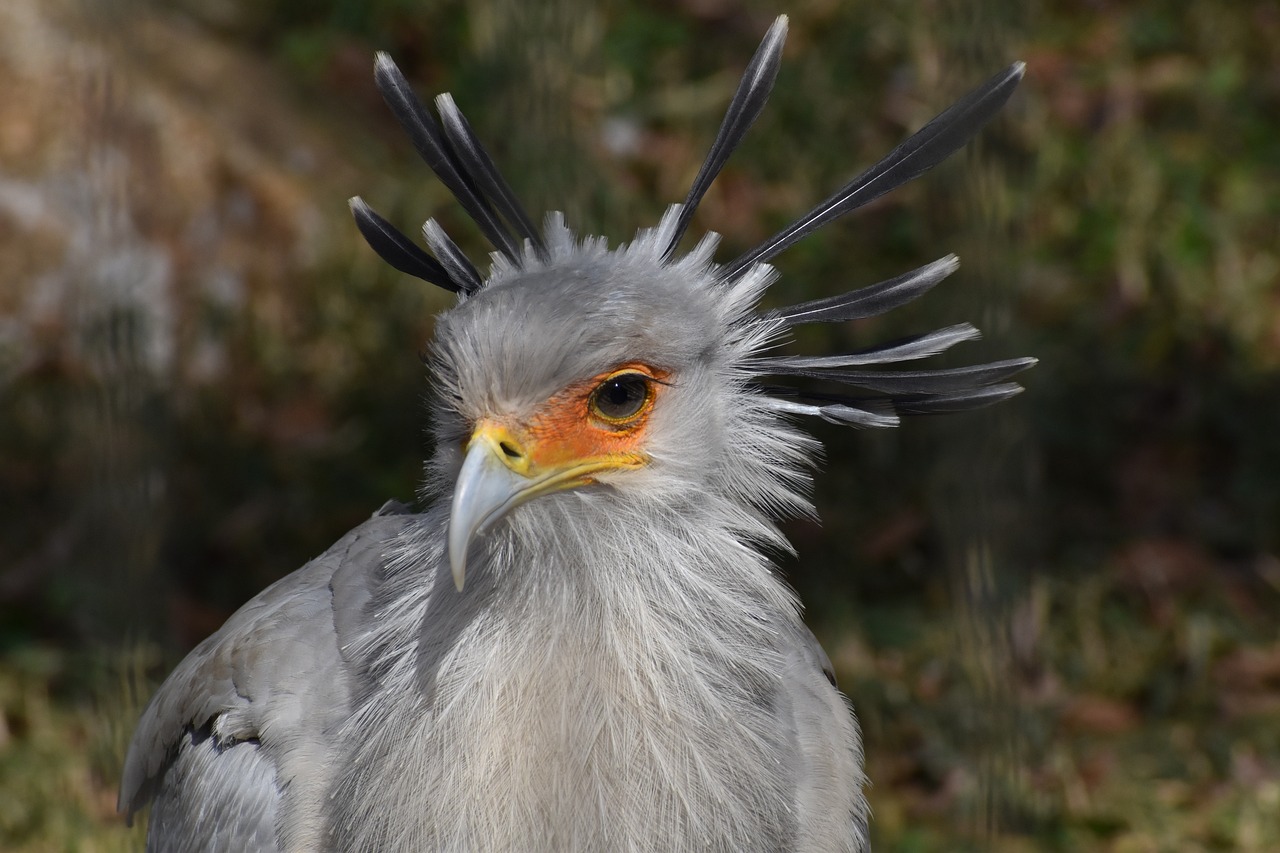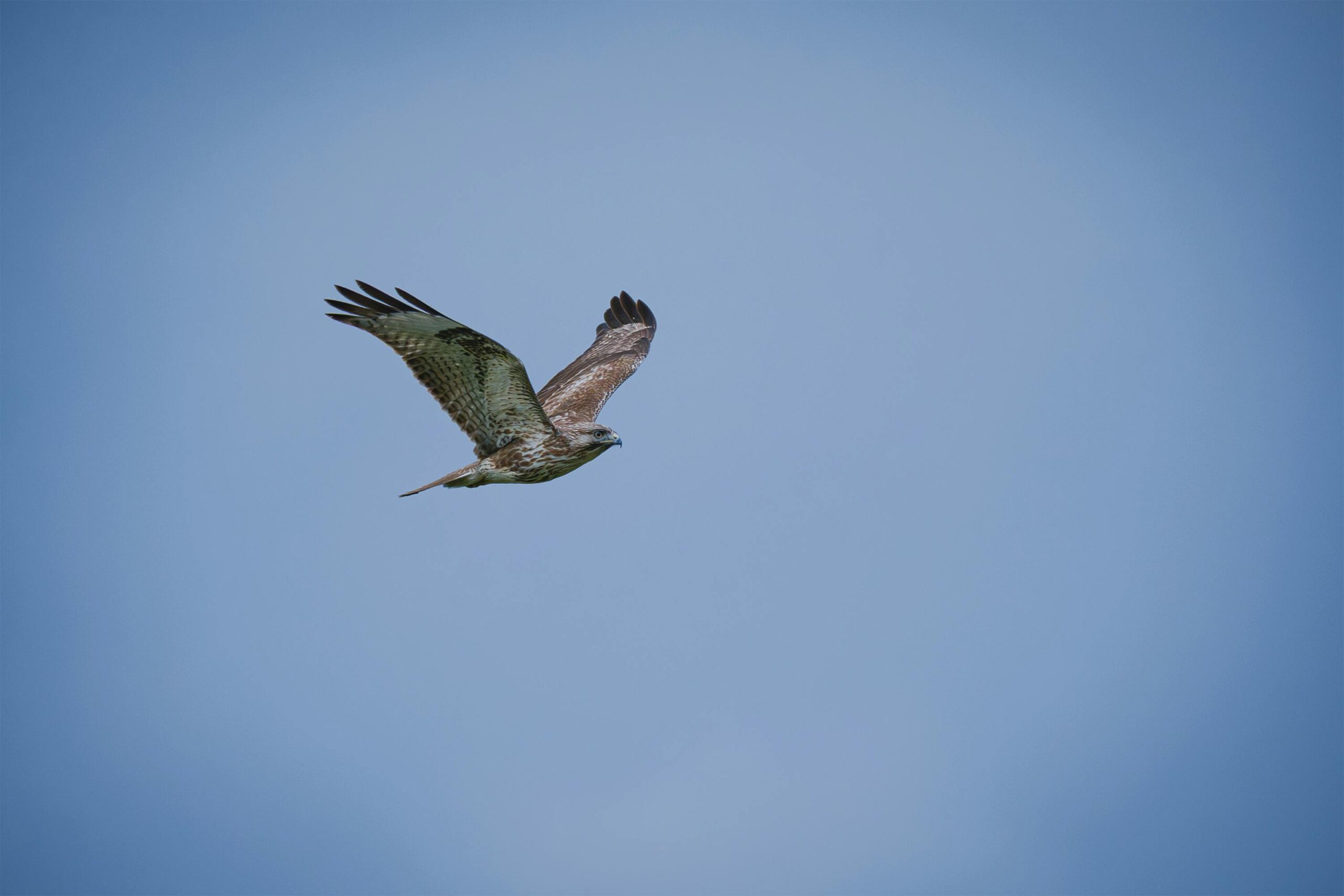
Congratulations, you just discovered the best article in the planet! Make sure you follow through till the end ok?
Thanks for reading this post, don't forget to subscribe!
The Giant Ground Pangolin: A Rare West African Marvel
From various free sources we try to gather both facts and visuals about the animal Pangolin. The giant ground pangolin (Smutsia gigantea) is one of the most fascinating and rare creatures of West Africa. Known for its extraordinary features and elusive behavior, this mammal captures the imagination of wildlife enthusiasts and conservationists alike. Here are some incredible facts about this unique species, elaborated for a deeper understanding:
1. Natural Armor: The Only Mammal with Scales
Unlike any other mammal on Earth, pangolins are covered in tough, overlapping keratin scales. These scales, which make up about 20% of the pangolin’s body weight, are their primary defence mechanism against predators. When under threat, a pangolin can roll into a tight ball, exposing only its hardened scales to the outside world. This natural armour is so effective that even large predators like lions and hyenas struggle to break through it.
2. Master of Defence
The pangolin’s ability to roll into a ball is not just a physical feat but a strategic one. This behaviour, combined with their sharp-scaled edges, deters most predators. Additionally, pangolins can emit a foul-smelling liquid from glands near their anus, similar to a skunk, adding another layer of defense.

3. Incredible Termite and Ant Eaters
The giant ground pangolin plays a vital role in maintaining ecological balance by consuming ants and termites. With a tongue that can extend up to 40 cm (16 inches), it efficiently extracts insects from their nests. This sticky tongue is housed in a cavity near the chest when not in use. In a single year, one pangolin can consume up to 70 million ants and termites, preventing overpopulation and the destruction of vegetation caused by these insects.
4. A Mysterious and Elusive Creature
As a nocturnal animal, the giant ground pangolin is most active at night. It spends its days in burrows or dense vegetation, making it incredibly challenging to study. Their secretive nature adds to their mystique, and many aspects of their behavior remain unknown to scientists.
5. Silent Walkers with Unique Gait
Pangolins are known for their peculiar way of walking. To protect their long, sharp front claws—used for digging into termite mounds—they walk on their hind legs, curling their front claws under. This distinctive gait minimizes noise, making them even harder to detect in the wild.
6. Vital Role in the Ecosystem
By feeding on ants and termites, giant ground pangolins help control insect populations that can damage crops and forests. This ecosystem service indirectly benefits humans by reducing the need for pest control measures. Their presence is a sign of a healthy, balanced environment.
7. Critically Endangered Status
Tragically, the giant ground pangolin is critically endangered due to poaching and illegal wildlife trafficking. Their scales are highly sought after for use in traditional medicine, and their meat is considered a delicacy in some cultures. Despite international laws protecting pangolins, they are the most trafficked mammals in the world, with over a million individuals poached in the last decade.
Conservation Efforts and the Path Ahead
Efforts to save the giant ground pangolin include habitat protection, anti-poaching initiatives, and raising awareness about their plight. Organizations like the African Pangolin Working Group and Pangolin Conservation are at the forefront of these efforts. By supporting these initiatives and spreading awareness, we can help ensure a future for this remarkable species.

Final Thoughts
The giant ground pangolin is a testament to the wonders of biodiversity. Its unique adaptations, vital ecological role, and pressing need for conservation make it a symbol of both nature’s ingenuity and fragility. By learning about and protecting pangolins, we contribute to preserving the rich natural heritage of West Africa for generations to come.
Image by flatart on Freepik











Pingback: Here are 10 outstanding facts about the okapi, one of Africa’s most fascinating animals - Creative Lots
Pingback: The Fascinating World of Dragon Fruit (Pitaya) - Creative Lots